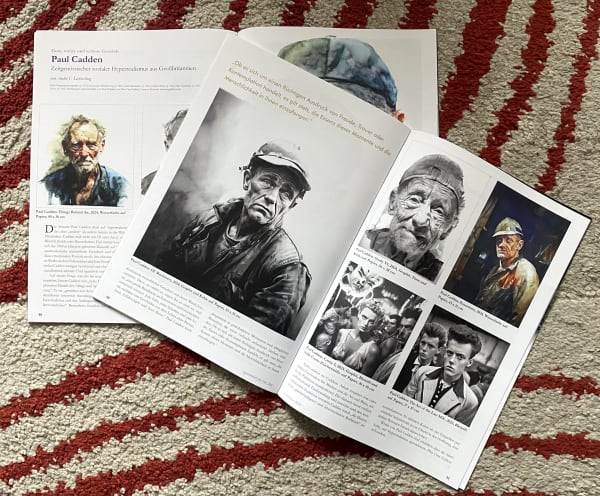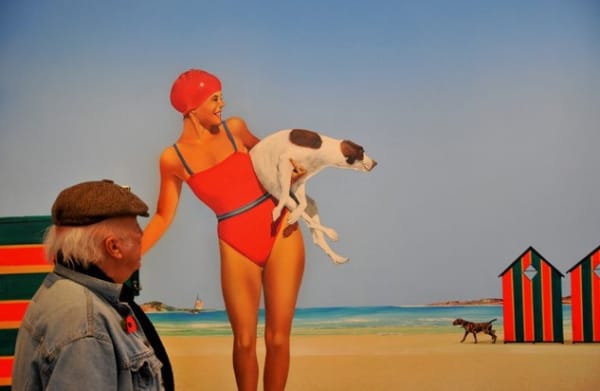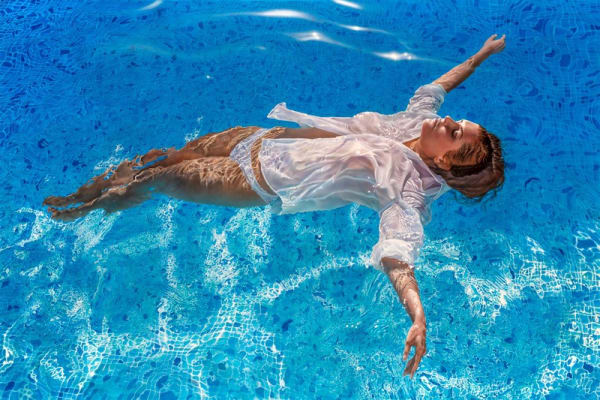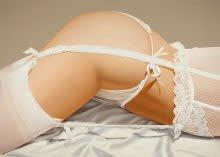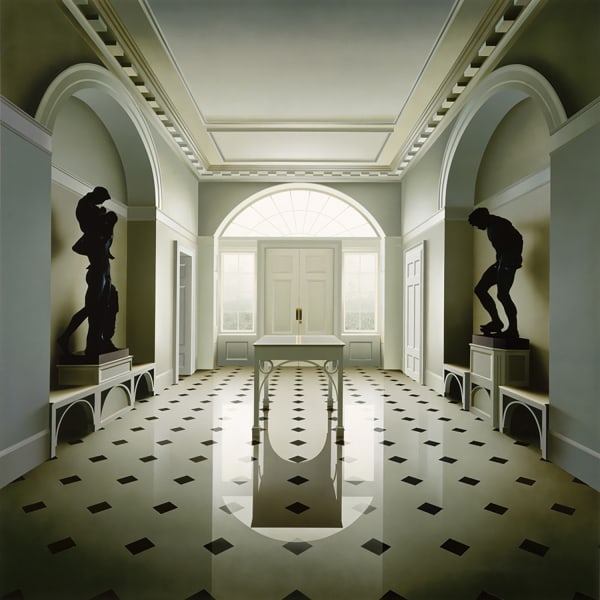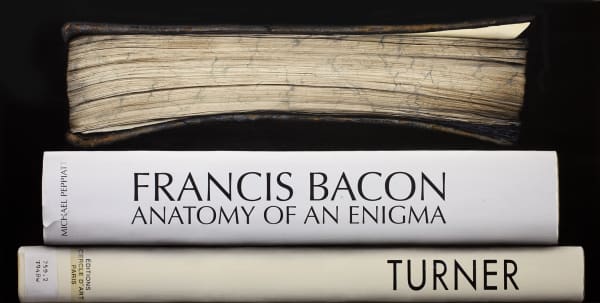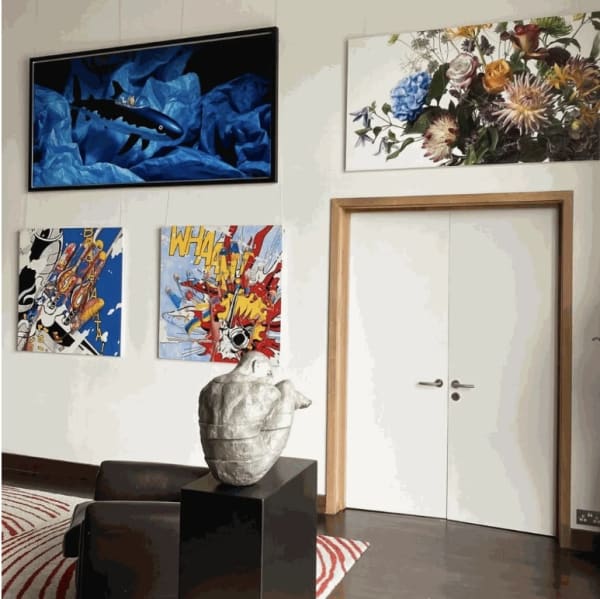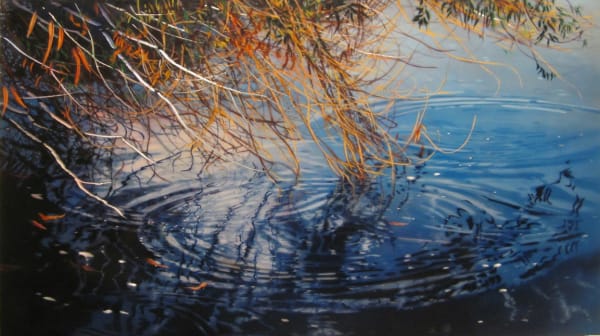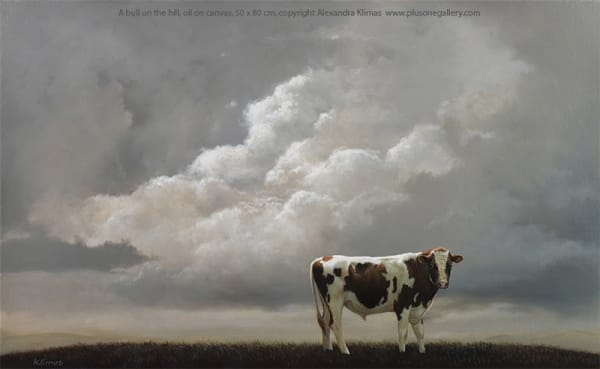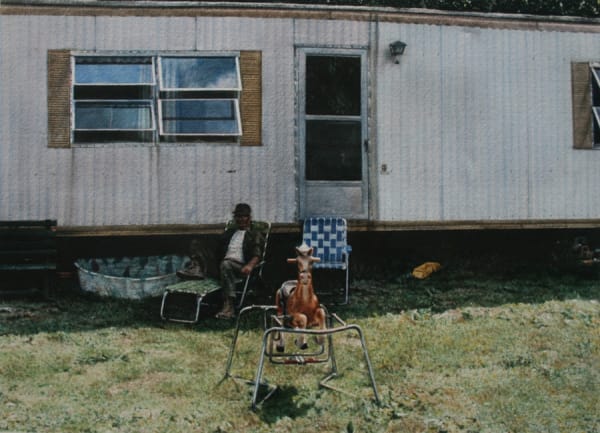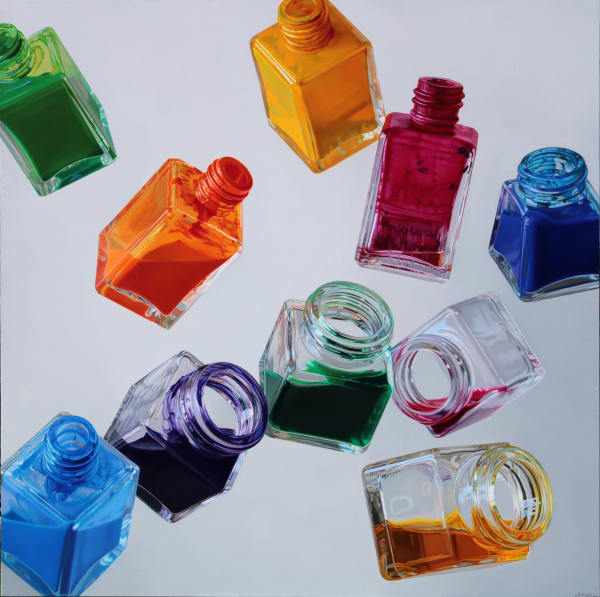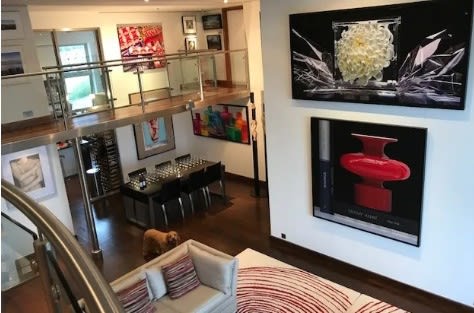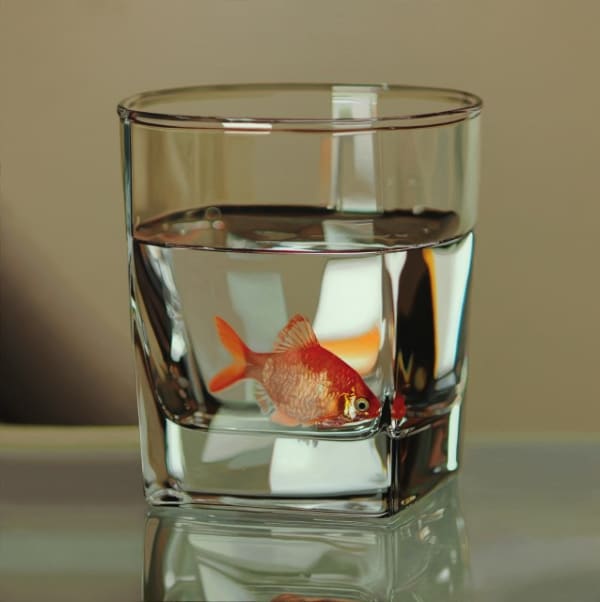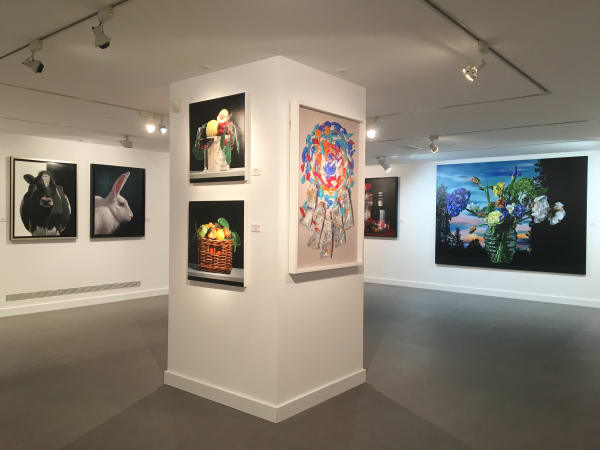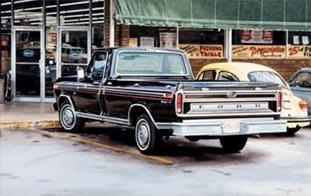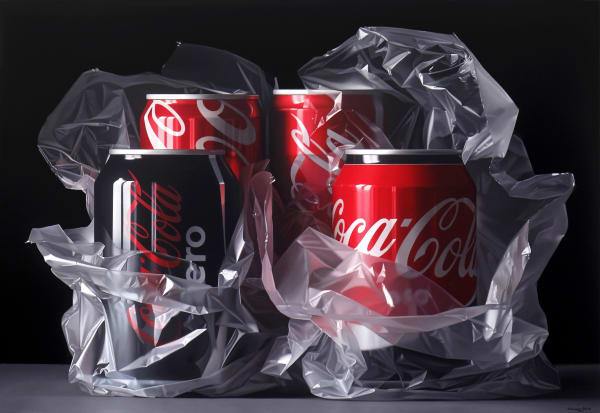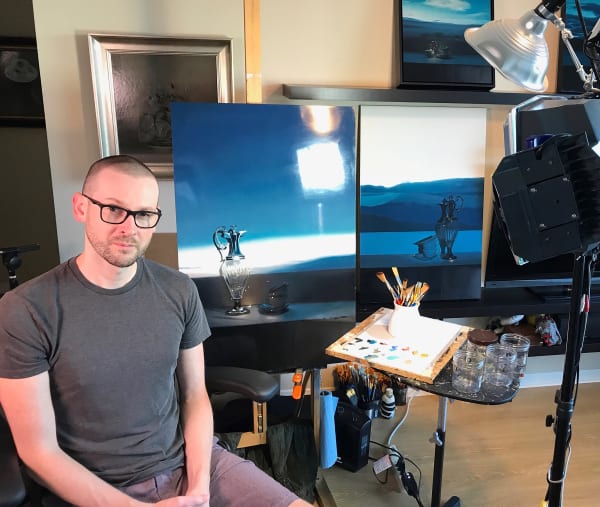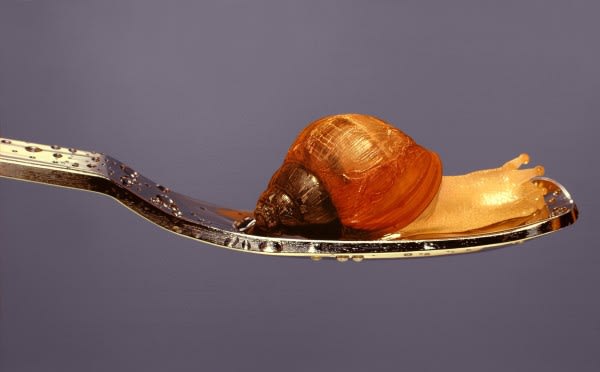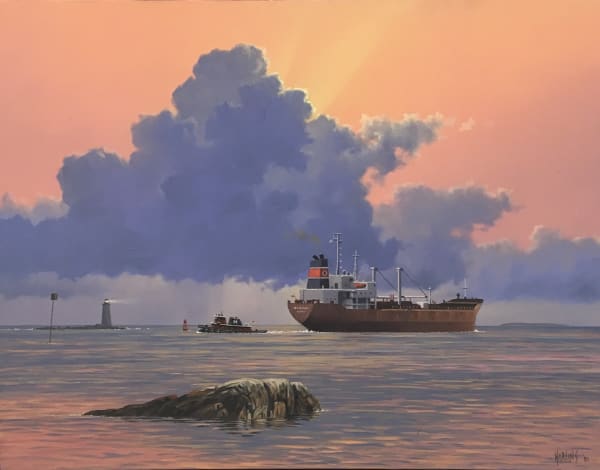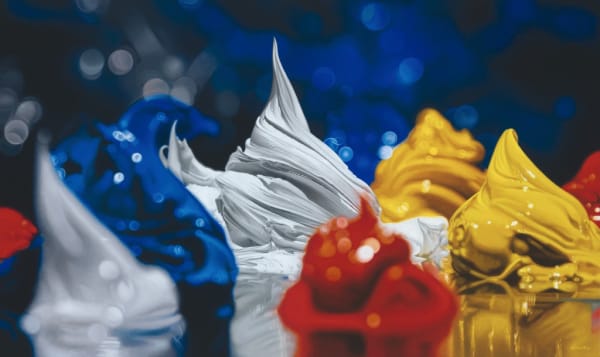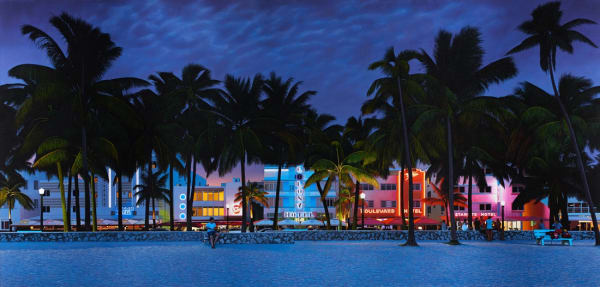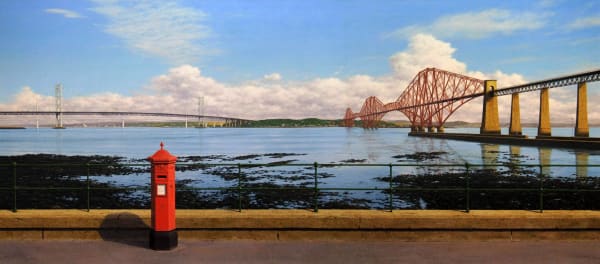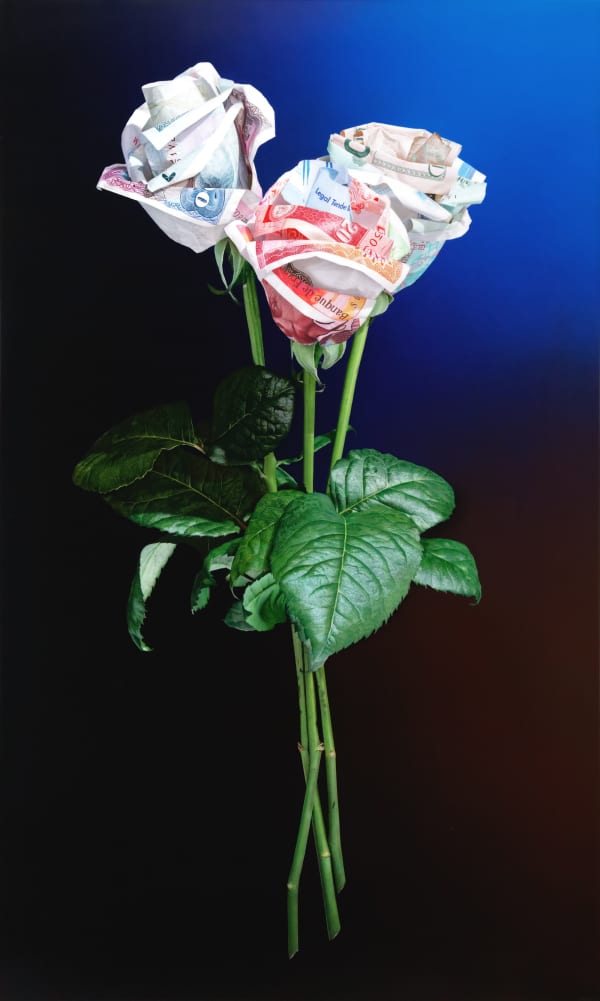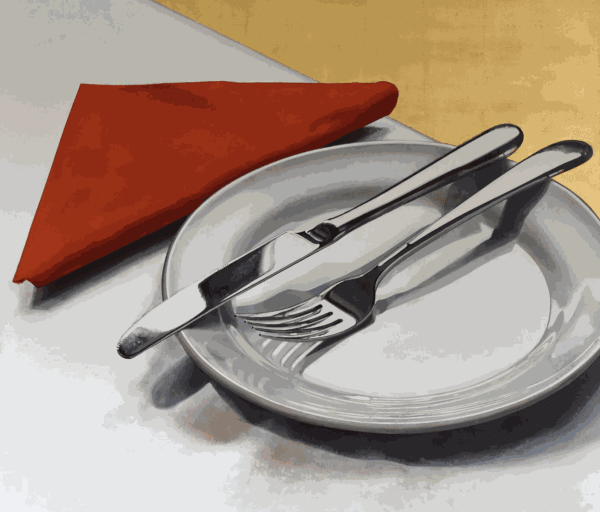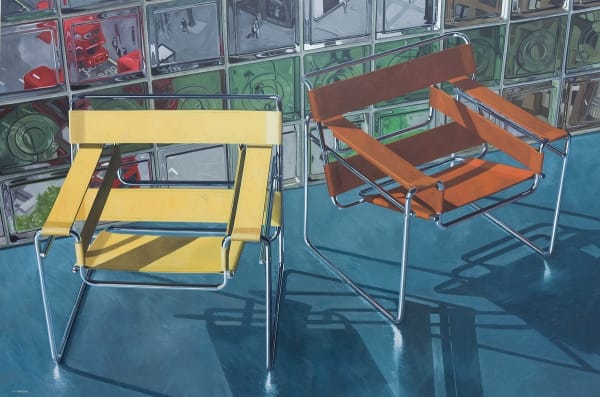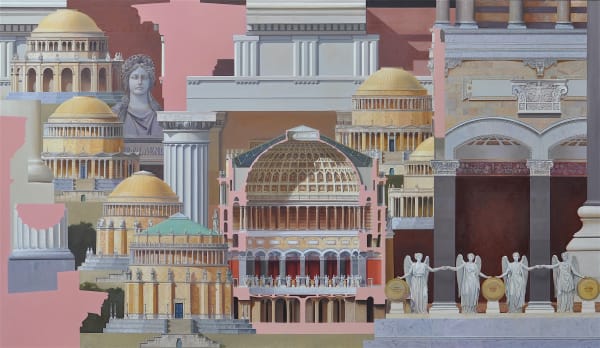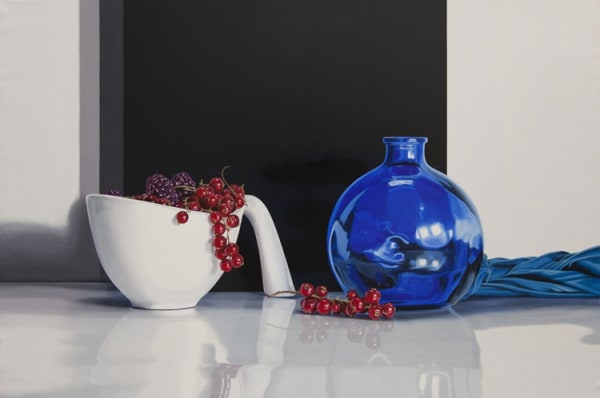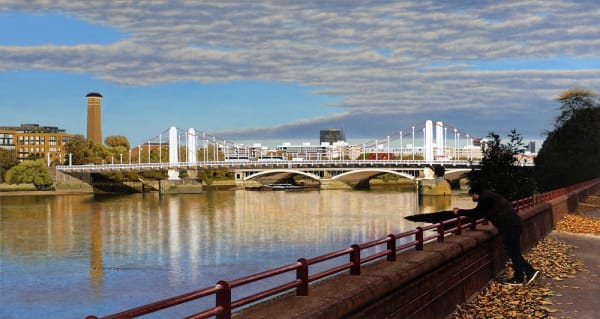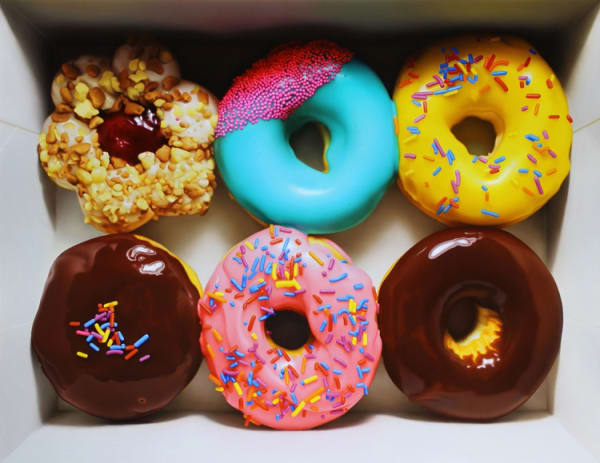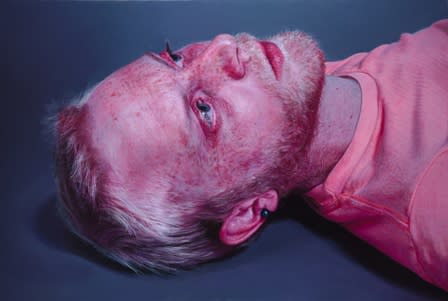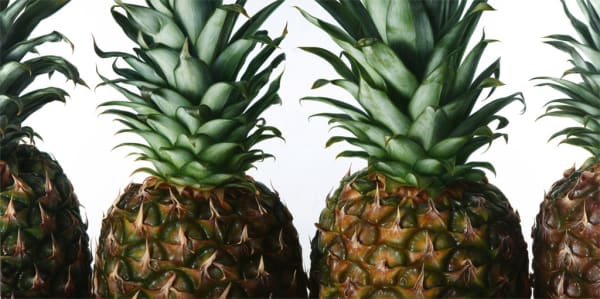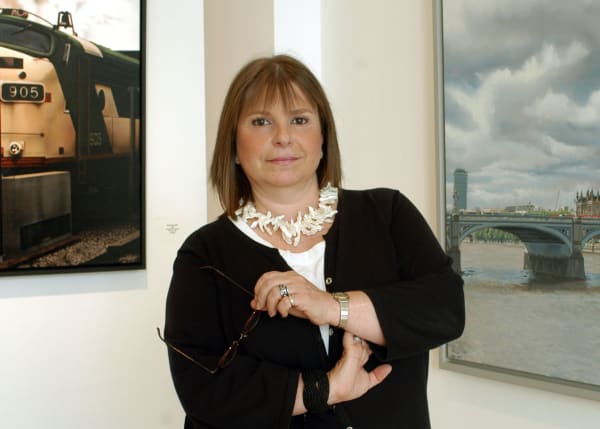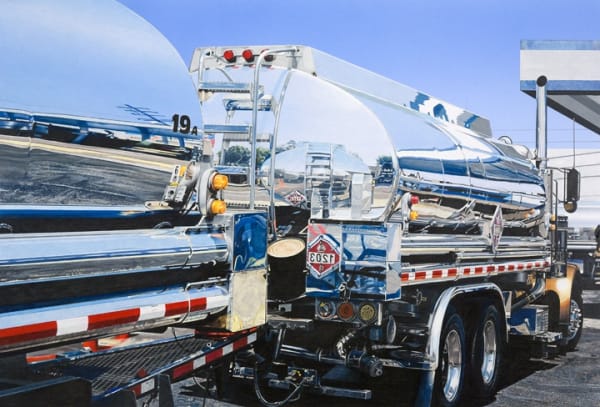Natural foods such as fruit and vegetables often become the subject of Hyperrealist art. Berries, citrus fruits and other varieties are put under a microscope and blown up to create monumental, bold and indulgent paintings that celebrate life.
The brightly coloured, incredibly detailed blown up renditions of fruit successfully approach a very traditional format, still life, in perhaps a more contemporary way – minimal in form yet very complicated in process.
Still life is one of the principal genres of Western art and uses a range of man-made or natural objects including fruits, vegetables, flowers and game as subjects. This style of painting can be a celebration of material pleasures or a warning of the ephemerality of these luxuries and the brevity of human life.
Using still objects as a subject in art is something that spans the centuries and there has been surprisingly little change in the type of objects used. However, the way these objects are depicted has changed, reflecting developments in style and technique.
Many Hyperrealists explore fruit as a representation of mortality and the transient nature of our existence. When the fruit is portrayed as being fresh and ripe, this signifies abundance, fertility, youth and vitality. However, decaying fruit serves a reminder of undeniable mortality and the inevitability of change.
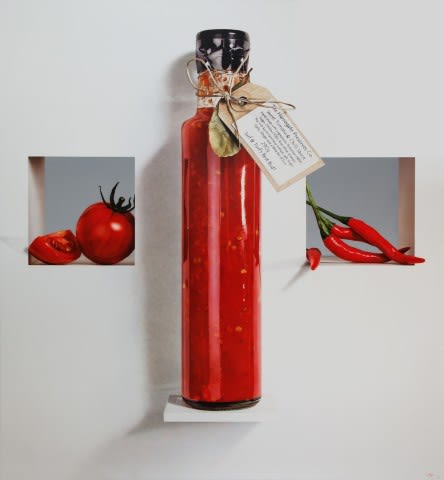
'Red' by Tom Martin
History
Rather than being a contemporary phenomenon, the depiction of fruit in art dates back to the Ancient Egyptians. Paintings of food were added to the tombs of Pharaohs under the belief that, in the afterlife, the deceased would be able to feed on the depicted food.
The 16th century discoveries of the New World and Asia intensified interest in the exotic and unusual. The fascination was recorded visually in still life paintings featuring an array of exotic fruits and botanicals.
In Still Life: A History, Sybille Ebert Schifferer suggests that depictions of fruit in 16th-century art act as symbols of the seasons and of the senses. She also alludes that while the still life paintings of the era presented a representation of upper class delicacies on the surface, a religious undercurrent reminding the viewer to avoid gluttony and excess is also present.
The traditional style of 16th century Still life paintings still exists today, albeit with a thoroughly modern sensibility and exquisite sense of form and composition. This traditional style is visible in the work of James Del Grosso, who uses light to reveal the solidity of his forms and the clarity of his meticulous application of glaze upon glaze. However, his use of vibrant hues closely follows the hyperrealist way of breathing life and vitality into subjects using colour.
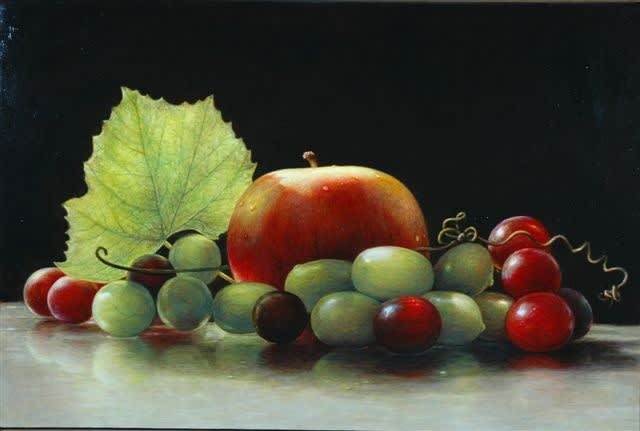
'Hands Creek Apple' by James Del Grosso
Colour
In many of his paintings, Spanish hyperrealist Antonio Castello often depicts fruits at the peak of ripeness. By gathering varieties of fruits and enlarging them to fill either part of or the whole canvas, Castello creates a kind of landscape out of food, generating a significant sense of monumentality. He uses vivid colours which invigorate his subjects and breathe life and vitality into each composition. For instance, in ‘Raspberries’ his tantalising use of red gives the berries a succulent appearance.
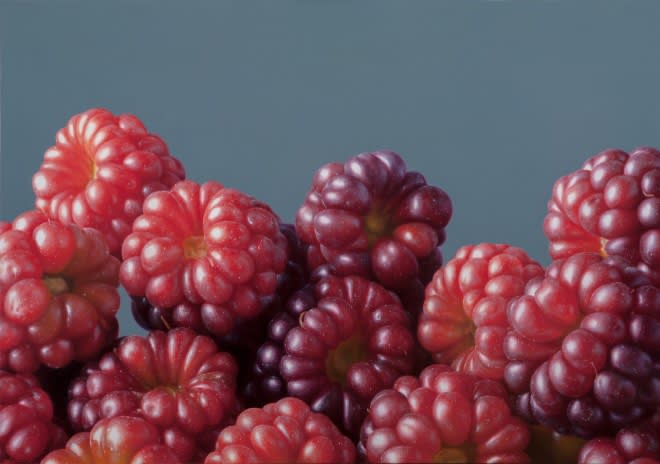
'Raspberries' by Antonio Castello
Similarly, Ben Schonzeit covers the whole of the canvas with a mass of fruit. In ‘Lady Apples’ and ‘Tart’ we see an almost abstract style composition which focuses on a section of a group of fruit. The contrast in colour between the punchy red and the mellow cream in ‘Lady Apples’ reveals a realistic ripeness like no other. The techniques Schonzeit uses to create the reflective quality on the ‘Tart’ add to the bold blueberries and bright peaches.
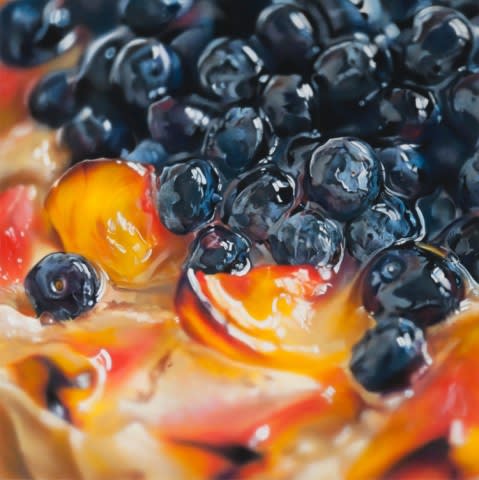
'Tart' by Ben Schonzeit
Representation
By exploring natural food at its most fragile, artwork becomes transitional. Hyperrealists often invigorate fruits with colours that denote flavour and vitality, but away from the canvas, the exuberance of ripe fruit ultimately fades as it ages and decays – much like the human life cycle. Antonio Castello gives evidence of decay in “Grapes III”.
The use of decaying fruit in hyperrealism harks back to the Vanitas themes of the 16th and 17th century, where solemn still lifes of skulls, wilting flowers and decaying fruit interplayed between life and death. The morbid Vanitas style of painting translates to “emptiness” in Latin, and intended to evoke the transient nature of earthly life and vanity.
Humans and food
Fruit, unless growing naturally in the wild, is cultivated for human consumption. We need food to survive and therefore have a considerable relationship with the produce we grow. Many hyperrealists incorporate the presence of humans into their still life paintings to explore our relationship with food and examine survival in consumerist society.
Jacques Bodin portrays fruit at the point of purchase. In “Fruits XX”, Bodin depicts oranges that have been pre-packed by a supermarket or greengrocers and will inevitably go on to be consumed.
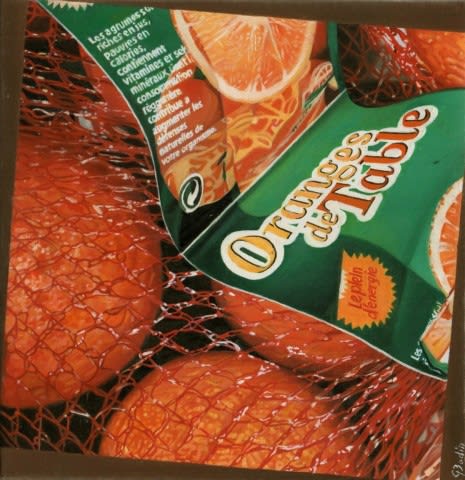
'Fruits XX' by Jacques Bodin
In contrast, Elena Molinari and Cynthia Poole paint fruit after purchase and add domestic equipment, pottery and ornate vases to their paintings, fusing man-made objects with natural produce. The coexistence of natural and synthetic, such as oranges, pottery and metal cutlery in “Outspan #4450”, explore the relationship between the perishable and the non-perishable. The orange rind featured in the painting completes a cycle of human consumerism – purchase, storage and ultimately consumption.
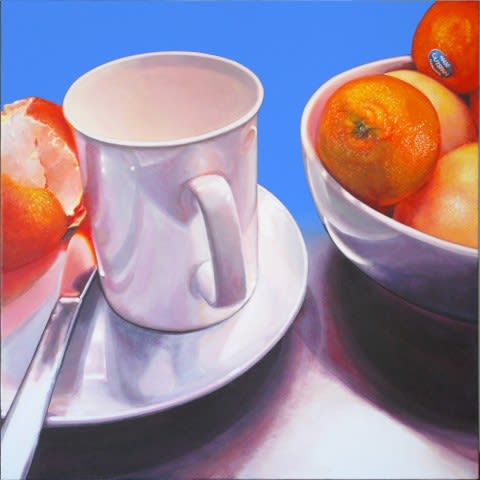
'Outspan #4450' by Cynthia Poole
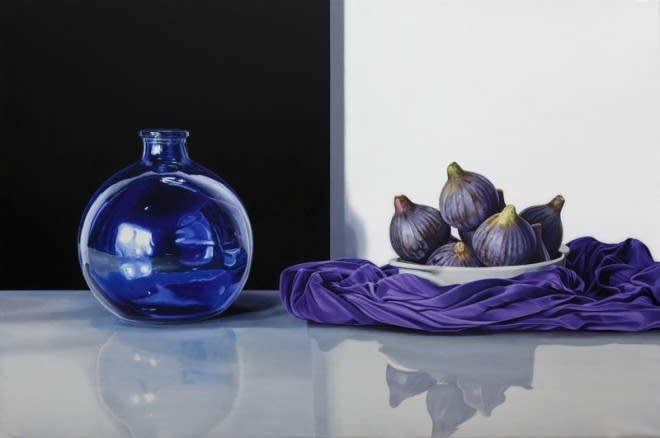
'Eight Figs' by Elena Molinari
Moving away from using fruit in its pure form for still life portraiture, these artists incorporate human interaction that denotes a passing of time. Just as one artist would paint fruit at peak ripeness, these artists paint food in a period of transition, from the tree to the table, from the table to the mouth. The difference being that the subjects of his paintings are inanimate, therefore they are not suspended in life but instead are captured in action.
To book an appointment or for more information please contact us via email on maggie@plusonegallery.com and maria@plusonegallery.com
or by phone on 020 7730 7656.
or by phone on 020 7730 7656.






